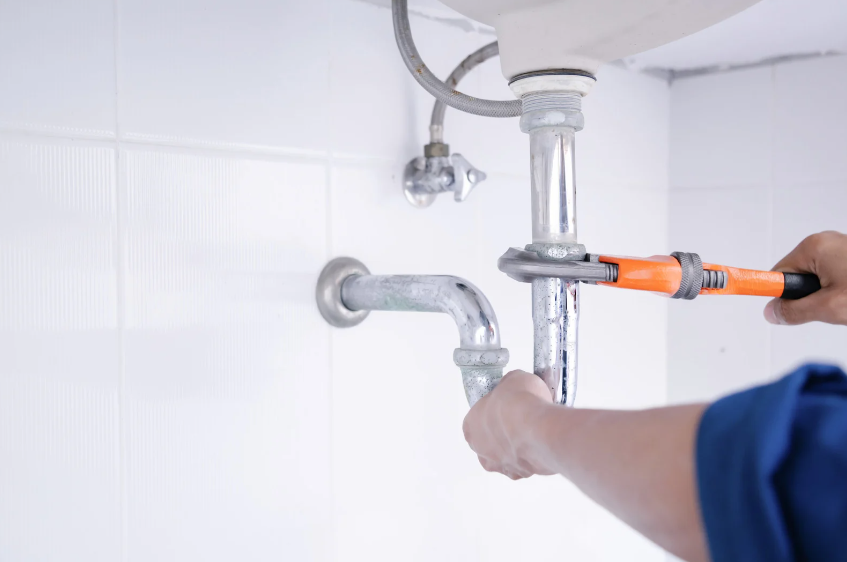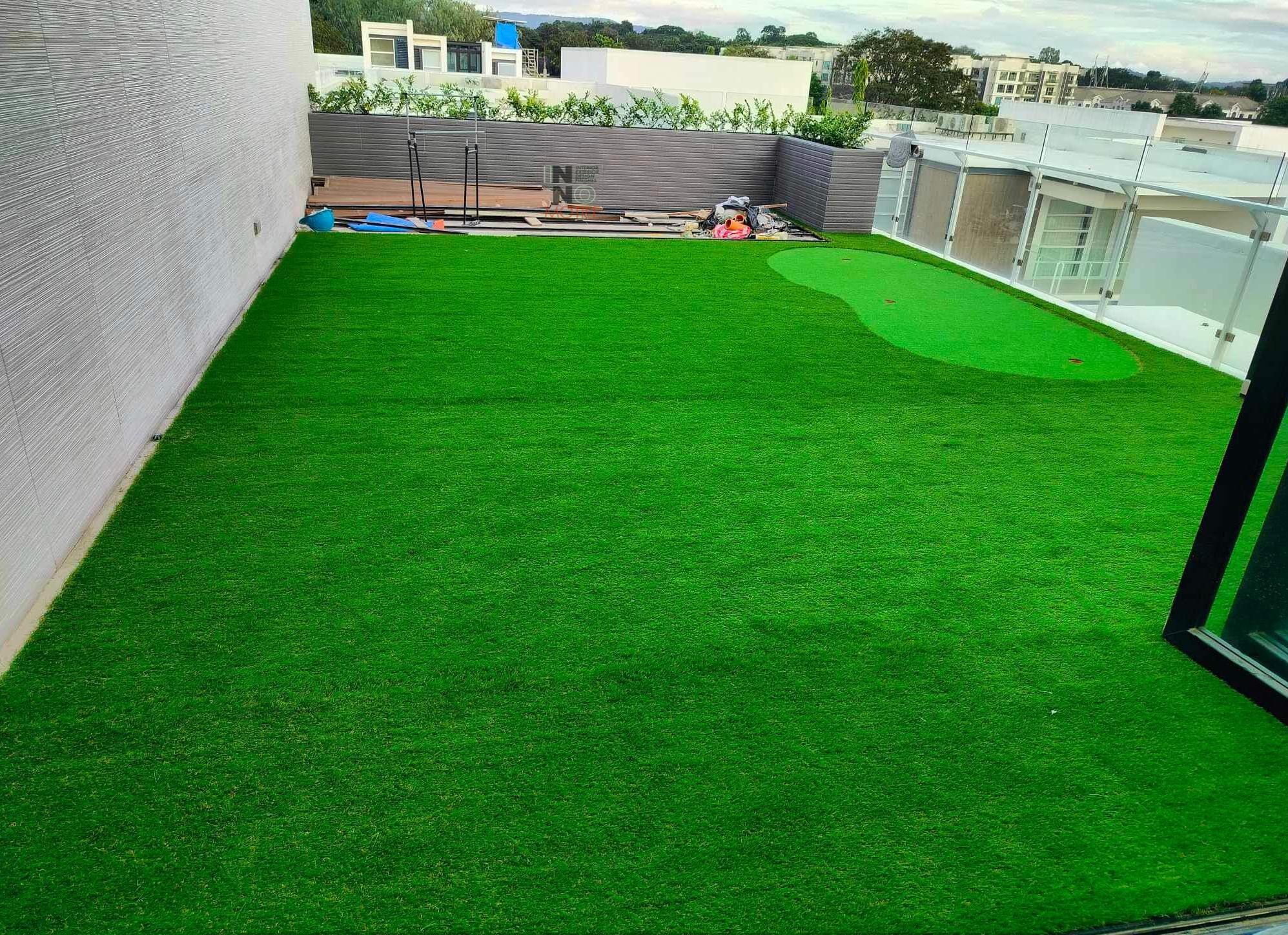Bathroom leaks are more than just an inconvenience—they can lead to costly water damage, mold growth, and even structural issues if left unaddressed. Prompt bathroom leak repair is essential for maintaining the integrity of your home and preventing long-term damage. This comprehensive guide will explore effective solutions for homeowners, whether you’re dealing with minor leaks or need professional help. Whether you prefer to tackle repairs yourself or call in an expert, this guide will provide the tools and knowledge to keep your bathroom leak-free.
Understanding Bathroom Leaks
Bathroom leaks are often caused by damaged plumbing, worn-out seals, or improperly installed fixtures. Leaks can occur in various places, from faucets and showerheads to pipes, bathtubs, and toilets. Recognizing the signs of a bathroom leak early is key to preventing more serious issues. If you notice damp spots on the walls, floors, or ceiling, or if you see signs of mold growth, these may indicate a hidden leak that requires bathroom leak repair. A steady increase in your water bill could also be a red flag, as leaking water adds up over time. Understanding the common sources of bathroom leaks helps you identify the problem quickly and take action before it worsens.
DIY Bathroom Leak Repair Solutions
Many bathroom leaks can be repaired by homeowners without the need for a professional. DIY bathroom leak repair starts with identifying the source of the leak. For instance, if you have a leaky faucet, the problem might lie in a worn-out washer or O-ring, which can be replaced with ease. Similarly, repairing a leaky showerhead or pipe may only require tightening connections or replacing a damaged part. For a leaky toilet, often the cause is a faulty tank valve or a worn-out wax ring beneath the toilet base.
In some cases, you may need to reseal areas around the tub or shower with caulk. Proper bathroom leak repair using high-quality sealants will prevent water from seeping into cracks and crevices, protecting your bathroom from water damage. With the right tools and instructions, homeowners can successfully handle many common bathroom leak repairs on their own.
When to Call a Professional Plumber
While DIY repairs can be effective, some bathroom leak repairs are best left to professionals. If you’ve tried to fix the issue yourself and the leak persists, or if the leak is in a difficult-to-reach area like behind a wall or under the floor, it’s time to call a plumber. Professional plumbers use advanced leak detection tools to pinpoint the source of the leak, even if it’s hidden from view. A professional can also handle more extensive bathroom leak repair, such as replacing broken pipes or managing large-scale water damage.
Additionally, if the leak has caused significant damage, such as mold growth or rotting wood, it’s crucial to address the underlying issue quickly. A professional plumber can not only fix the leak but also assess the extent of the damage and ensure your home is safe from further harm. If you’re unsure whether your bathroom leak requires professional assistance, it’s always better to err on the side of caution and consult an expert.
Preventing Bathroom Leaks: Tips for Long-Term Protection
Preventing bathroom leaks in the future is just as important as fixing them promptly. Regular maintenance and inspection are key to avoiding costly repairs down the road. Start by checking all pipes, faucets, and showerheads for signs of wear and tear. Small leaks can often be prevented with routine tightening and sealant application. Inspecting the caulking and grout around bathtubs and showers is another crucial step in bathroom leak repair prevention. Over time, these seals can crack or degrade, leading to leaks.
Proper ventilation is also essential for preventing mold and mildew, which thrive in damp, poorly ventilated bathrooms. Installing a fan and ensuring it’s used during and after showers will help reduce humidity and keep your bathroom dry. Lastly, using durable, high-quality fixtures and materials will prevent leaks caused by faulty or cheap components. Taking these preventative steps can reduce the need for bathroom leak repairs and keep your bathroom in top condition.
If water damage has occurred due to a leak, the costs can escalate quickly. Water damage restoration services, including mold removal and structural repairs, may add additional expenses. It’s also worth checking your homeowner’s insurance policy, as some policies cover water damage from plumbing issues. Understanding the costs of bathroom leak repair will help you budget accordingly and make informed decisions when it comes to handling repairs.
Takeaway
Bathroom leak repair is an essential part of maintaining a healthy and safe home. Whether you choose to fix minor leaks yourself or enlist the help of a professional plumber, taking action quickly can prevent water damage, mold growth, and high repair costs down the line. Regular maintenance, vigilant inspections, and using high-quality materials can also help prevent future leaks, saving you time and money. Don’t wait for a bathroom leak to turn into a major problem—address it promptly to keep your home in top shape.






